Are you looking for deep core exercise moves that will help you achieve a flat stomach and small waist? The secret lies in exercises that target the deep core and pelvic floor muscles. We’ve compiled the 7 best deep core exercises to add to your ab routine to maximize results.
Not all ab workouts are created equal. Many exercises can actually lead to a more square-like frame by building muscles on the sides of your body. If you want to slim your waist, you need to be doing movements that isolate the transverse abdominals, rectus abdominals, and pelvic floor muscles.
To do that you need to focus on deep core exercise moves that target these muscles without strengthening your obliques.
This guide will give you all the details you need to be a deep core expert including a deep core workout routine that you can do at the gym or at home.
Contents
- Which Muscle Groups to Focus On When Doing Your Deep Core Exercise
- Which Muscles To Avoid Overstrengthening
- The Essentials of Deep Core Exercises for a Smaller Waist
- The Top 7 Deep Core & Pelvic Floor Exercises
- Full Deep Core Ab Workout: Deep Core & Pelvic Floor Exercises
- FAQ
Which Muscle Groups to Focus On When Doing Your Deep Core Workouts
The secret to sculpting a small waist and flat stomach is to focus on the right muscle groups. The core is made up of lots of different muscles and different exercises target them differently. If you’re looking to maximize your deep core muscle strengthening, then you need to choose exercises that isolate the following muscle groups.
- Transverse Abdominis: This muscle acts as a natural corset, pulling in the abdomen. Exercises like planks, vacuum holds, and abdominal bracing can help strengthen this muscle.
- Rectus Abdominis: This muscle group forms the “six-pack.” Focus on exercises like crunches or reverse crunches to tone and define this area.
- Pelvic Floor Muscles: The pelvic floor muscles are incredibly important for overall core stability and can indirectly impact the appearance of the waistline. Strengthening these muscles can contribute to a toned midsection and improved posture. However, direct work on the pelvic floor won’t significantly alter the waist’s appearance, but it can provide a foundation for a strong core.
Which Muscles To Avoid Overstrengthening
- Obliques (with caution): While some oblique work is beneficial for overall core strength, limit exercises that heavily target oblique growth if your aim is to maintain a slimmer waistline.
Want to learn more about the different ab muscles? Check out this article from the Cleveland Clinic.
The Essentials of Deep Core Exercises for a Smaller Waist
If you’re aiming for a smaller waist, it’s crucial to go beyond just surface-level abdominal exercises like crunches. The key lies in strengthening the deep core muscles, including the transverse abdominis and pelvic floor. These muscles form the foundation of your core and act as a natural corset, pulling everything in and giving you a more defined, cinched waist. Plus, many people report that strengthening their core completely relieves low back pain.
- The Science Behind Deep Core Muscles: Unlike the rectus abdominis, which gives you the “six-pack” look, the deep core muscles stabilize your spine, pelvis, and lower back. Strengthening these muscles through exercises like the Deadbug and Pelvic Tilts helps improve posture, reduce the risk of injury, and create a slimmer waistline by toning muscles from the inside out.
- Why Isolating the Deep Core Works: Many traditional core exercises focus on the outermost layer of muscles, but by isolating the deep core, you build strength from the inside. This leads to better posture, stronger muscles, and improved functional movement. Deep core stability exercises like the Hollow Body Hold or Forearm Plank are highly effective because they engage these muscles directly, helping you achieve a snatched waist while supporting your overall body alignment.
- Deep Core and Pelvic Floor Connection: When you perform deep core pelvic floor exercises, you engage a group of muscles that are often overlooked. These exercises not only flatten your stomach but also improve your posture, balance, and lower back support. The pelvic floor, when properly strengthened, can enhance the look of your waist while contributing to overall core stability.
Incorporating these deep core exercises regularly will give you a smaller waist while also helping you feel stronger, more balanced, and more confident.
The 7 Best Deep Core Exercise Moves for a Smaller Waist
1. Dead bug
Targeted muscle groups: Lower abs, transversus abdominis, rectus abdominis.
How it snatches the waist: This essential exercise engages the deep core muscles forcing them to stabilize the pelvis as you challenge your core with arm and leg extensions. It’s a like an upside down version of a bird dog.
Why it’s important: The Dead Bug is a powerhouse move for targeting your deep core muscles. It’s one of the best exercises for stabilizing the pelvis while engaging both your lower back and abdominal muscles simultaneously. By maintaining control throughout the movement, you effectively train your core to remain stable in dynamic conditions—crucial for daily activities and other exercises. It’s essential for all deep core workouts.
How to do a Deadbug: Get into the starting position, by lying on your back with your arms and legs extended. Now, bend your knees at 90 degrees so your calves are parallel to the floor. Slowly start to extend your left leg parallel to the floor while simultaneously extending your right arm overhead. Alternate sides making sure to keep your lower back pressed against the mat and belly button sucked in. This final cue is essential for proper form for most of these core exercises.
Variations: Try holding a small stability ball between your hands and knees to increase the difficulty and force even greater core engagement. Alternatively, perform this exercise with resistance bands to add intensity and focus on slow, controlled movements.
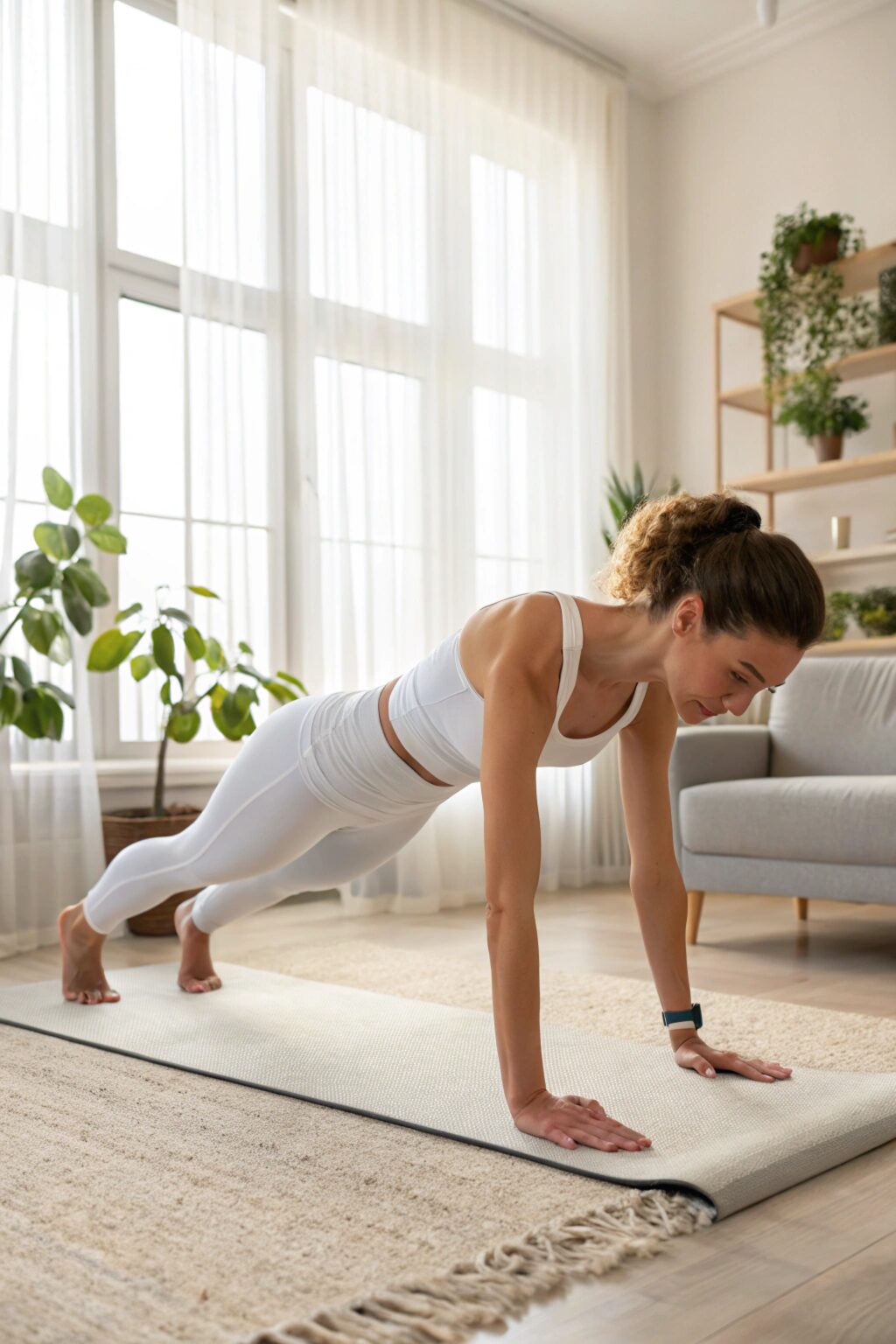
2. Classic Plank
Targeted muscle groups: Transverse abdominis, rectus abdominis, obliques, shoulders, and back.
How it snatches the waist: One of the fundamental ab exercises, this movement engages the entire core to support your body and keep you stable while strengthening the midsection.
Why it’s important: A classic for a reason, the plank works wonders for your entire core, especially your deep core muscles and pelvic floor. It builds endurance, strength, and balance, helping to tighten your waist while supporting proper posture.
How to do a Plank: Support your body on your forearms (or hands) and toes, maintaining a straight line from head to heels, engaging the core muscles. Hold for 20 seconds to 1 minute.
Variations: For added intensity, place your feet on an elevated surface or hold a forearm plank while balancing on a stability ball. We recommend avoiding the side plank because it can target the obliques a little too much.
3. Bear Hold Shoulder Taps
Targeted muscle groups: Deep core muscles, shoulders, and arms.
How it snatches the waist: This is one of the deep core stability exercises that helps to strengthen while working the shoulder and arm muscles, aiding in a slimmer waist by engaging multiple muscle groups.
Why it’s important: The Bear Hold Shoulder Tap is a dynamic move that focuses on deep core work while incorporating a balance element. In the tabletop position, with knees slightly off the floor, tapping your shoulder forces the core to stabilize and keep the hips steady, further activating your deep muscles and challenging your balance.
How to do Bear Hold Shoulder Taps: Start in a bear hold position (knees under hips, hovering a couple of inches above the ground), tap one hand to the opposite shoulder while maintaining a stable core. Take steady and slow deep breaths to help keep your body stable.
Variations: To ramp up the intensity, hold each shoulder tap for a few seconds or increase the speed to add a cardio element to the workout. You can also turn it into a bear crawl by taking slow “steps” forward with each movement. We recommend going forward for about 4 to 6 movements then back to your start position with 4 to 6 movements in reverse.
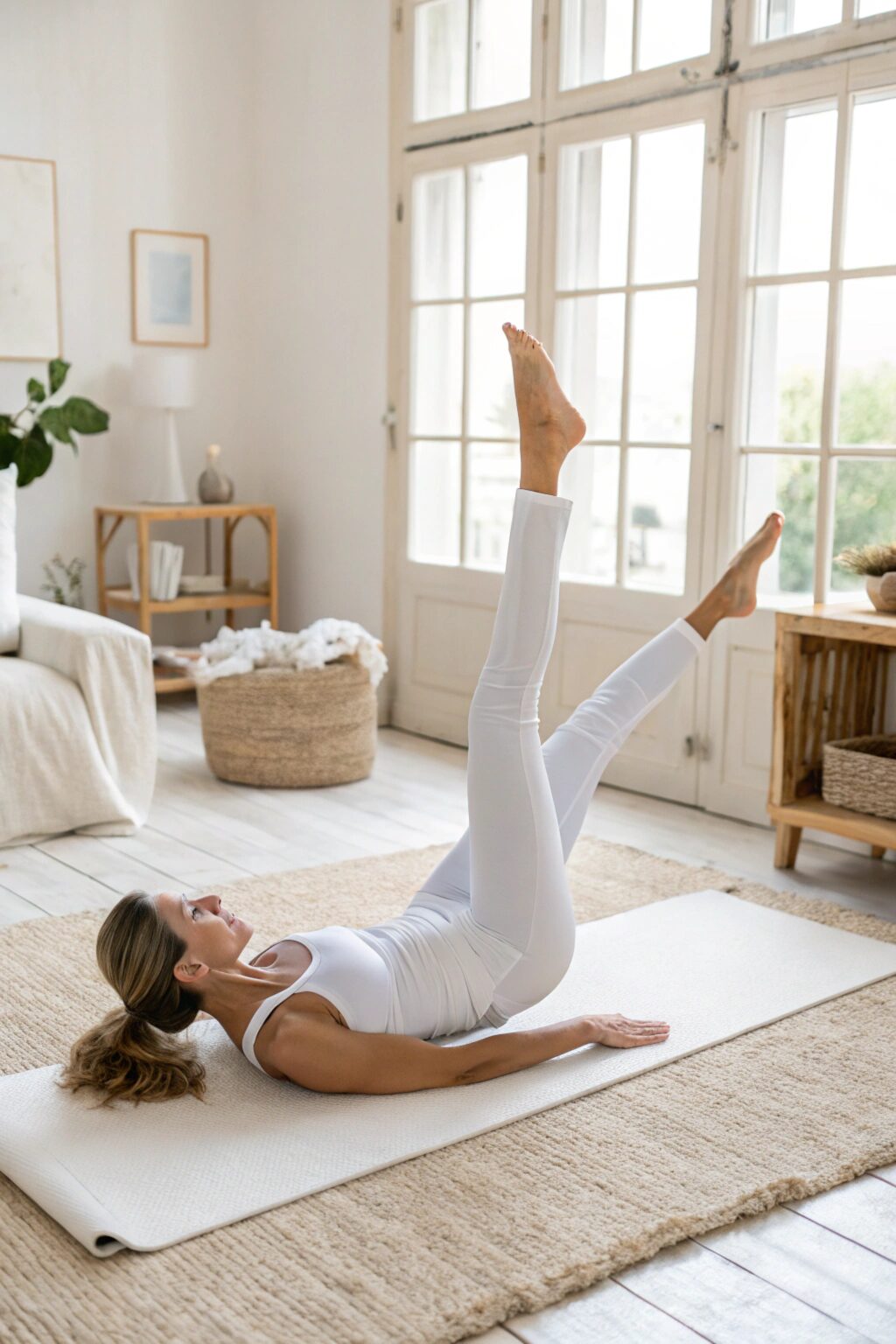
4. Flutter Kicks
Targeted muscle groups: Lower abs, hip flexors.
How it snatches the waist: This movement fires up the lower abs and hip flexors, contributing to a toned midsection by targeting lower abdominal muscles.
Why it’s important: Flutter Kicks are a great way to engage the lower abs and deep core muscles. Keeping your legs straight and lower back pressed into the ground ensures the deep core is activated throughout. This exercise not only works your core but also enhances endurance.
How to do Flutter Kicks: Lie on your back, lift your legs a few inches off the ground, and alternate kicking your right leg and left leg in a fluttering motion. Make sure to keep your lower ribs tucked in for the best core engagement.
Variations: Hold a small weight or medicine ball over your chest to engage your upper body while doing the kicks. For a beginner modification, keep your legs higher off the ground or alternate one leg at a time.
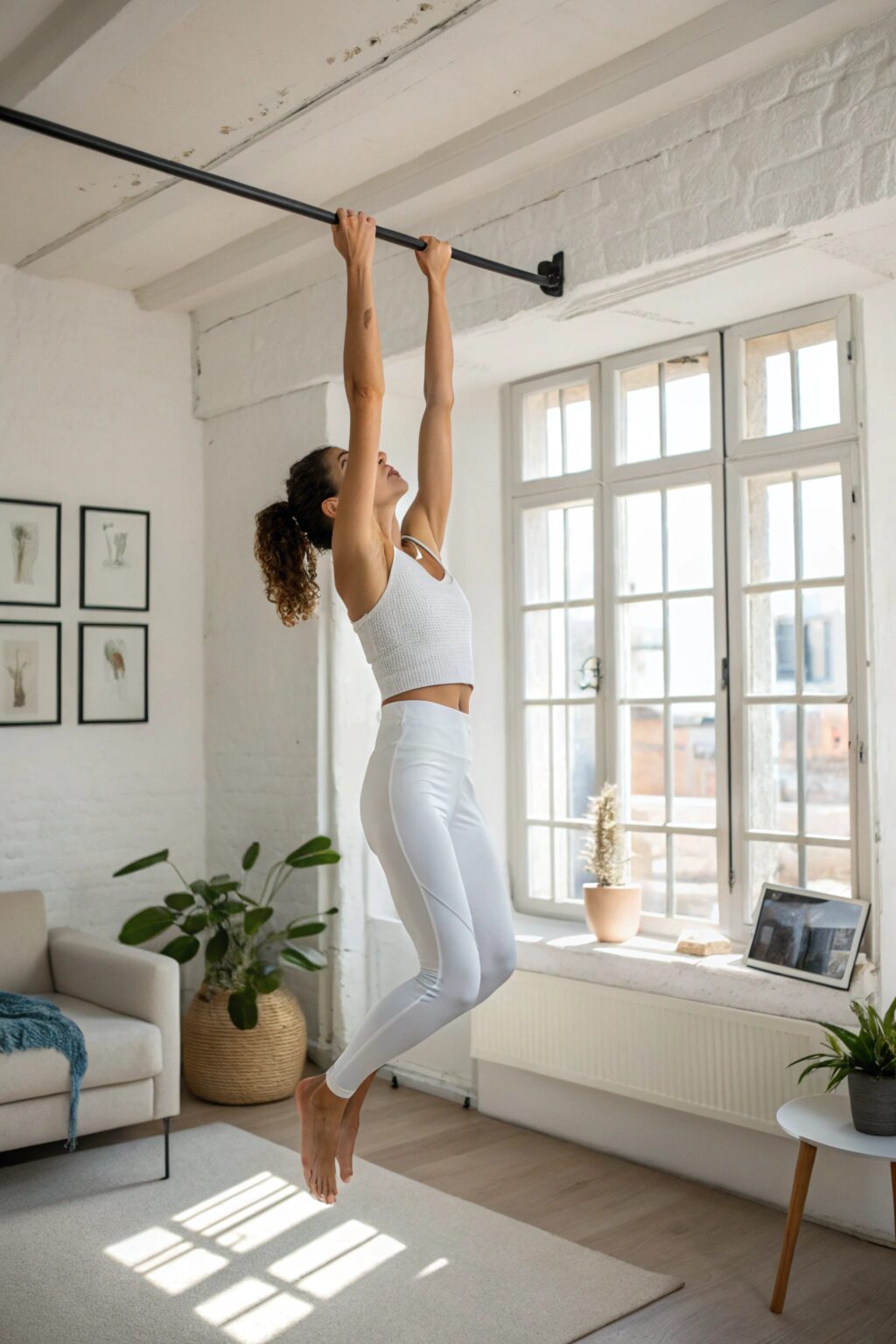
5. Hanging Leg Raises
Targeted muscle groups: Lower abs, hip flexors, rectus abdominis.
How it snatches the waist: This core-strength exercise targets lower abdominal muscles and engages the entire core for stability, aiding in toning and strengthening the midsection.
Why it’s important: The Hanging Leg Raise targets your lower abdominals and deep core muscles. By engaging your core to lift your legs while maintaining control, you work on both core stability and strength. This exercise is great for building definition in the lower abs and improving grip strength.
How to do Hanging Leg Raises: Hang from a bar, lift your legs while keeping them straight, and raise them towards your chest. Slowly lower them back down and repeat.
Variations: If you’re a beginner, start with bent-knee raises to reduce the intensity. For a more advanced challenge, add ankle weights or incorporate a slight twist at the top to activate your obliques.
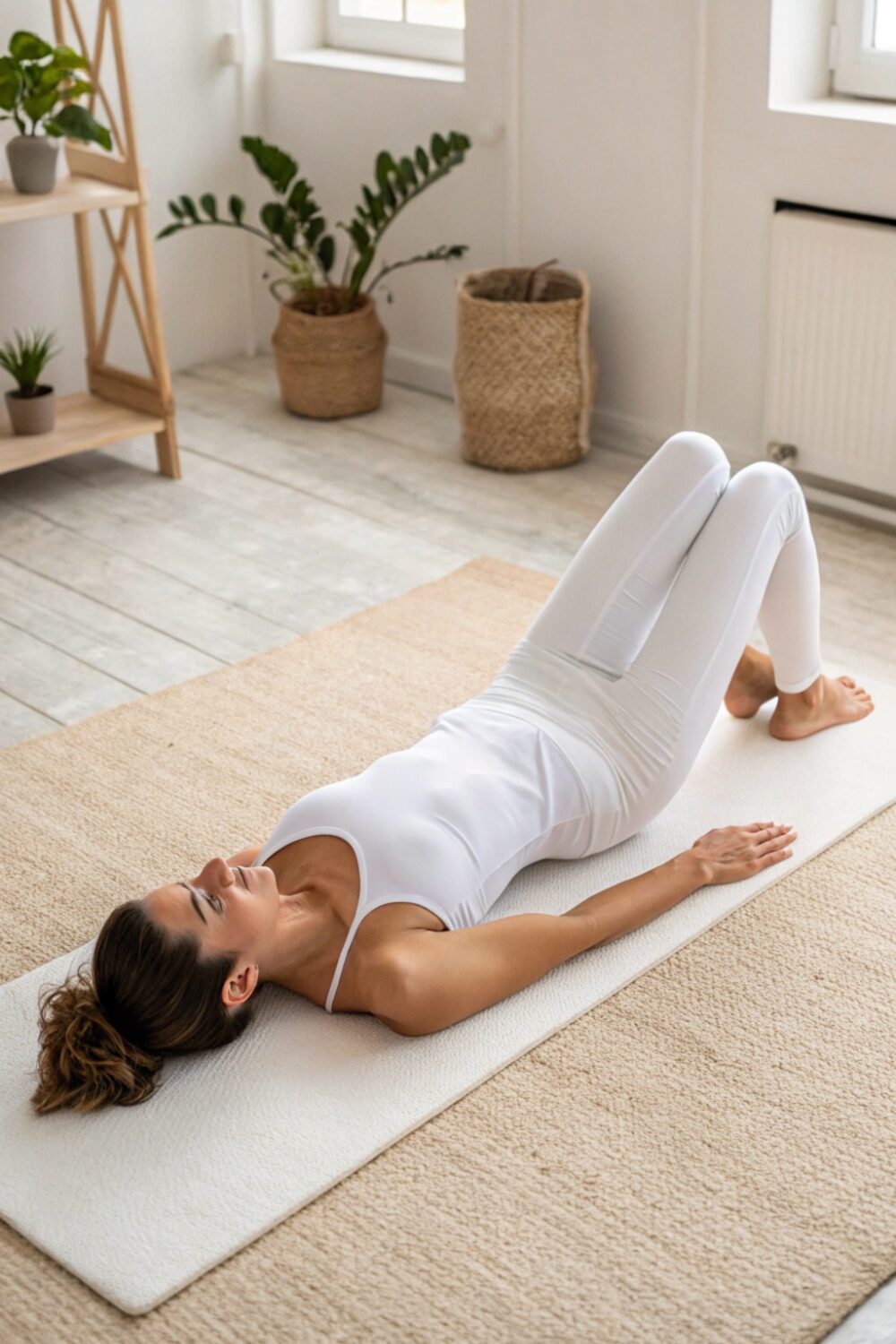
6. Pelvic Tilts
Targeted muscle groups: Pelvic floor, transverse abdominis
How it snatches the waist: This micro movement engages the deep core muscles and pelvic floor.
Why it’s important: Pelvic Tilts are a subtle but highly effective movement for engaging the deep core muscles, particularly the pelvic floor and lower abs. By tilting your pelvis while lying on your back, you activate the muscles that stabilize the spine and support better posture.
How to do Pelvic Tilts: Lie on your back with knees bent, gently tilt your pelvis upward by engaging your core muscles, then release back down to the floor and repeat.
Variations: Incorporate a small ball or pillow between your knees to further engage your inner thighs and pelvic floor as you perform the tilt.
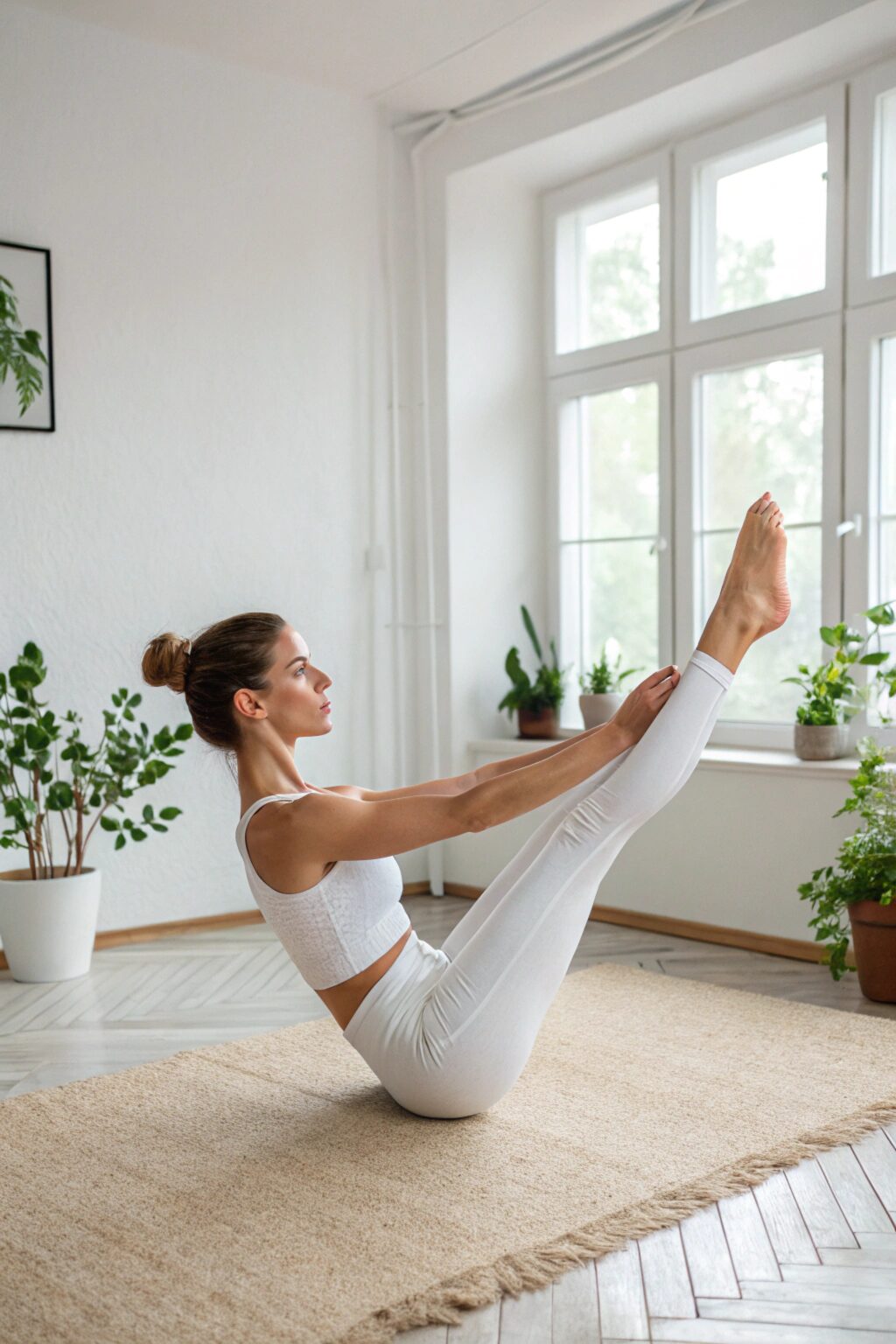
7. Hollow Body Hold
Targeted muscle groups: Entire core, including transverse abdominis, rectus abdominis, and hip flexors.
How it snatches the waist: Engages and strengthens the entire core, promoting a stronger and more defined midsection.
Why it’s important: The Hollow Body Hold is one of the best static exercises for strengthening the deep core. By keeping your lower back pressed into the ground and legs extended, you engage the entire core, particularly the transverse abdominis and pelvic floor.
How to do a Hollow Body Hold: Lie on your back, extend arms and legs off the ground, lifting your shoulder blades and legs while maintaining a hollow position, engaging the core muscles. Hold for 20 seconds to one minute.
Variations: Increase the intensity by holding light dumbbells or incorporating gentle pulses with your arms and legs. For a beginner-friendly option, bend your knees or lift one leg at a time to decrease the load on your core
Check out this video for more information on how to properly do a Hollow Body Hold:
Full Deep Core Ab Workout: Deep Core & Pelvic Floor Exercises
We’ve put together a simple 15-minute deep core ab workout routine that you can use at home or in the gym. No equipment is needed for these pelvic floor exercises so no matter where you are, you can squeeze this routine in. Consistency leads to results so try to incorporate this fitness routine into your everyday life, repeating at least 2 to 3 times per week.
Time needed: 15 minutes
Repeat two to three times through for a 10 to 15-minute full deep core routine.
- Deadbug
15 reps per side
- Classic Plank
1 minute hold
- Bear Hold Shoulder Taps
15 reps per side
- Flutter Kicks
20 reps per side
- Hanging Leg Raises
5-8 reps
- Pelvic Tilts
20 reps
- Hollow Body Hold
20 seconds x 2 reps
FAQs About Deep Core Exercises for Women
Deep core exercises isolate the muscles deep within your abdomen, including the transverse abdominis and pelvic floor muscles. These exercises are designed to improve strength, posture, and appearance.
By strengthening the deep core muscles, the deep core exercise moves shared in this article engage the entire core, tightening the abdominal muscles inward and creating the appearance of a smaller waist. When combined with proper nutrition and regular exercise, they can contribute to a smaller waist and flat stomach.
Yes! Many of these deep core exercise moves, such as planks, deadbugs, and hollow body holds, can be done at home with little to no equipment. They are perfect for building core strength without needing to visit the gym.
Traditional ab exercises focus on the rectus abdominis, or the “six-pack” msucles, while deep core exercises focus on the muscle group beneath, including the pelvic floor and transverse abdominis.
Pelvic floor exercises are crucial for strengthening the muscles that support your bladder, bowel, and uterus. Incorporating pelvic floor exercises into your deep core workout helps with overall core stability and can prevent issues like incontinence.
Final Thoughts
You’ve probably heard the phrase “abs are made in the kitchen and not the gym.” While this isn’t literally true, the sentiment behind it is.
In order to have defined abs and a small waist, overall body fat must be at a fairly low percentage. So the secret to getting a small waist or flat stomach is eating a balanced and healthy diet and possibly considering a low caloric deficit if you’re looking to lose body fat.
While even the word “diet” can be triggering, nutrition plays a much larger role in the appearance of your core than anything else’s.
However, in combination with these deep core exercises, you can build the body of your dreams.
We believe that weight loss advice should be left to the qualified experts so we won’t chime in there, but if you’re looking for healthy recipes, we’ve got tons of them from high-protein breakfast ideas to healthy lunch meal prep, and low-calorie dinner recipes.
With love,

A small note to my readers – Over here at VLHhealth, we occasionally include affiliate links in our posts. This means that if you purchase using our links, we will earn a small commission at no extra cost to you.
Other Posts Related to Deep Core Exercise:
- Cycle Syncing 101: How to Align Your Workouts, Diet, and Daily Routine with Your Menstrual Cycle
- 9 Gym Workout Tips To Take You From Beginner to Badass
- The 10 Best Somatic Exercises to Release Trauma
Pin for later!
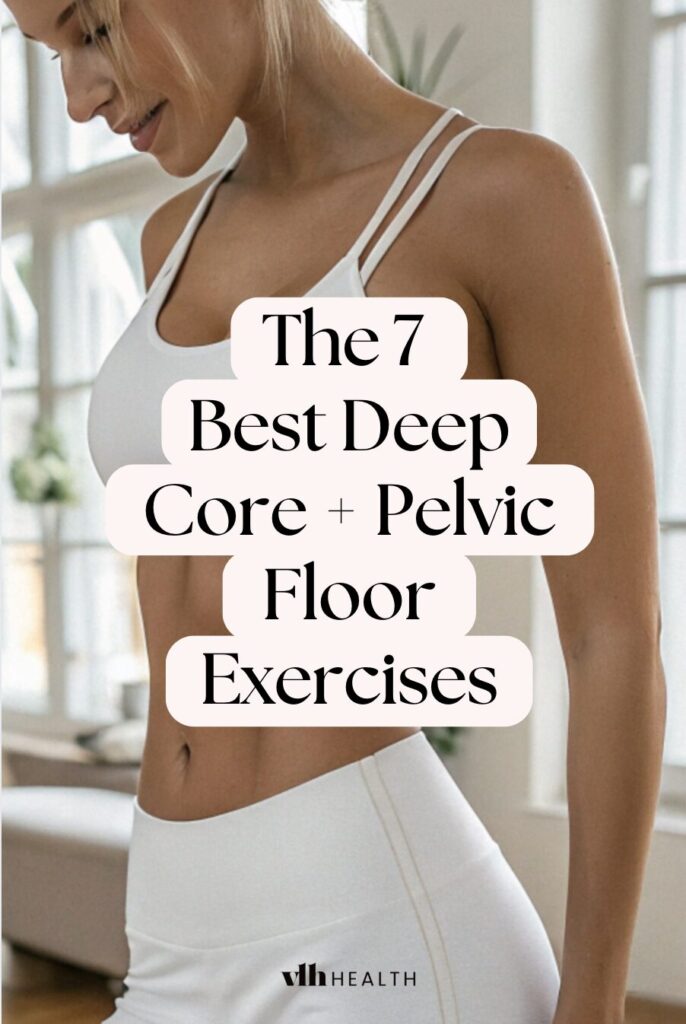

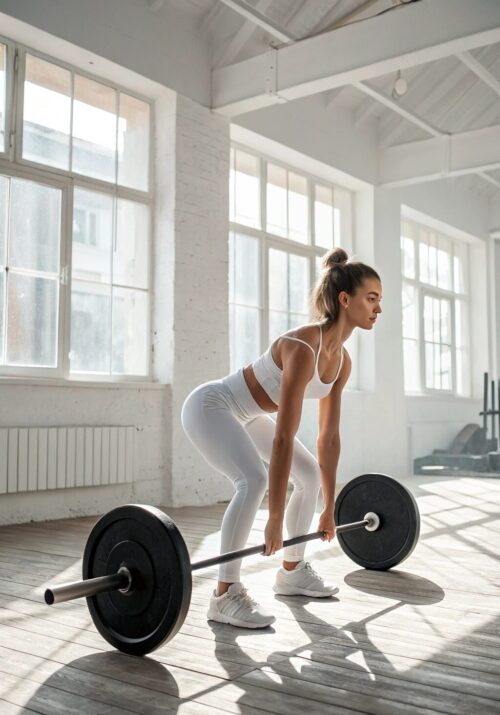
Leave a Reply